It’s almost Thanksgiving and Sean Baker’s The Florida Project is holding fast to its top-tier position on many folks’ Best of 2017 list (mine included), rightfully generating some awards talk. His Tangerine was one of the very best films of 2015. So now seems like a good time to visit, or revisit, his 2012 Starlet, another humanistic treatment of life on the social and economic margins that shows a filmmaker hitting his stride.
Set in the San Fernando Valley, Starlet does focus on Jane (Dree Hemingway), a film star of sorts, but the title refers to the adorable Chihauhau who tags along with her nearly all the time. It’s the kind of gentle misdirection that characterizes the film as a whole, like the gradual, almost offhand reveal that Jane works in porn. As in his more recent community portraits, Baker roots his characters in their time, place, and locale first, and builds relationships from there.

The central relationship in Starlet is that between Jane and the much older, much grouchier Sadie (Besedka Johnson, another in the long line of non-actors that populate Baker’s filmography), from whom she buys a yard sale thermos.
Filled with a stash of unexpected money, it’s the most plotty element of a film that otherwise seems to sort of float along, but it does provide occasion for the two to get to know each other. (Also, in Jane’s insistence that it could be a vase if she wants it to be, and Sophie’s stubborn retorts that it’s still a thermos, it makes for a revealing and funny recurring joke.)

The rest of Starlet tracks their growing bond, with Sophie wearing down the cantankerous maternal figure through sheer will (and thanks to some complicated guilt about the money she inadvertently stole). There are some halting subplots involving her roommates, but this is more or less the Jane and Sophie show.
If Starlet lacks the overall, bird’s-eye-view coherence of The Florida Project, the two leads still justify this focus, and you can see Baker developing his style. The bingo halls, powerline vistas, and web-cam rooms are all shot with a gauzy Southern California sheen, and the expressionist camera jumps back and forth, reflecting character as much as incident.
Fans of Tangerine and The Florida Project who might’ve missed this one will immediately jump on its wavelength, as will anyone who enjoys finely tuned character studies that take their time. Plus, it features this shot, which should please anyone who enjoys dogs wearing berets.
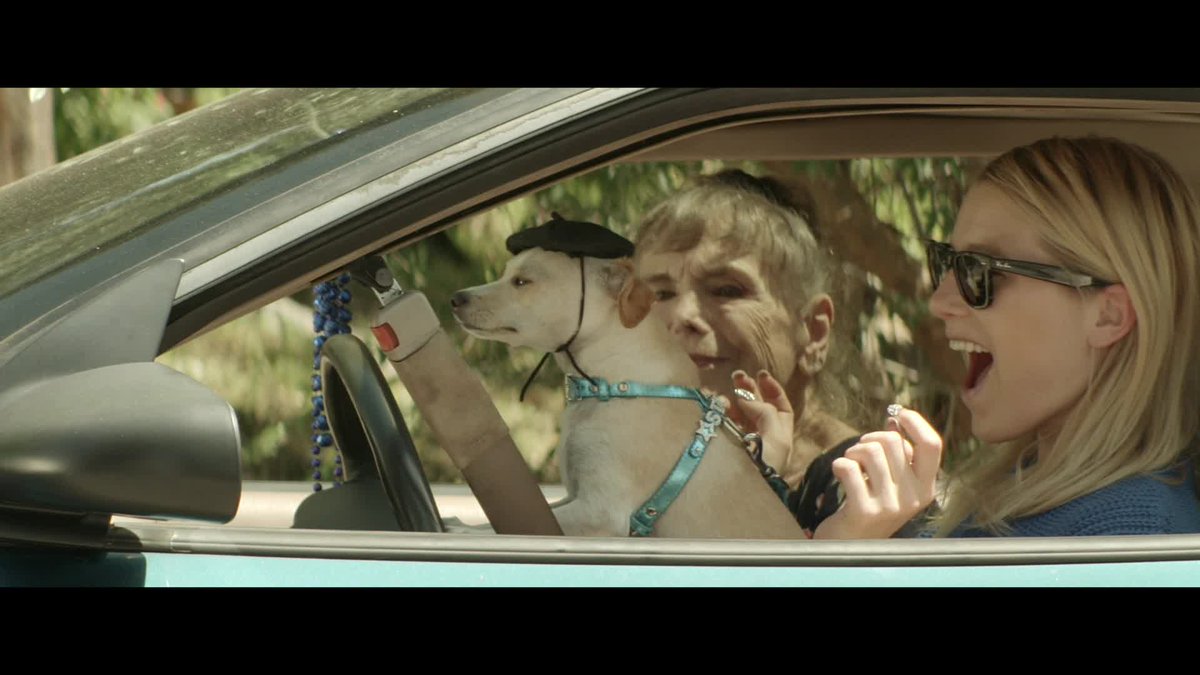
I mean, c’mon. Just look at that guy.
(Streaming on Fandor)
Quick Links
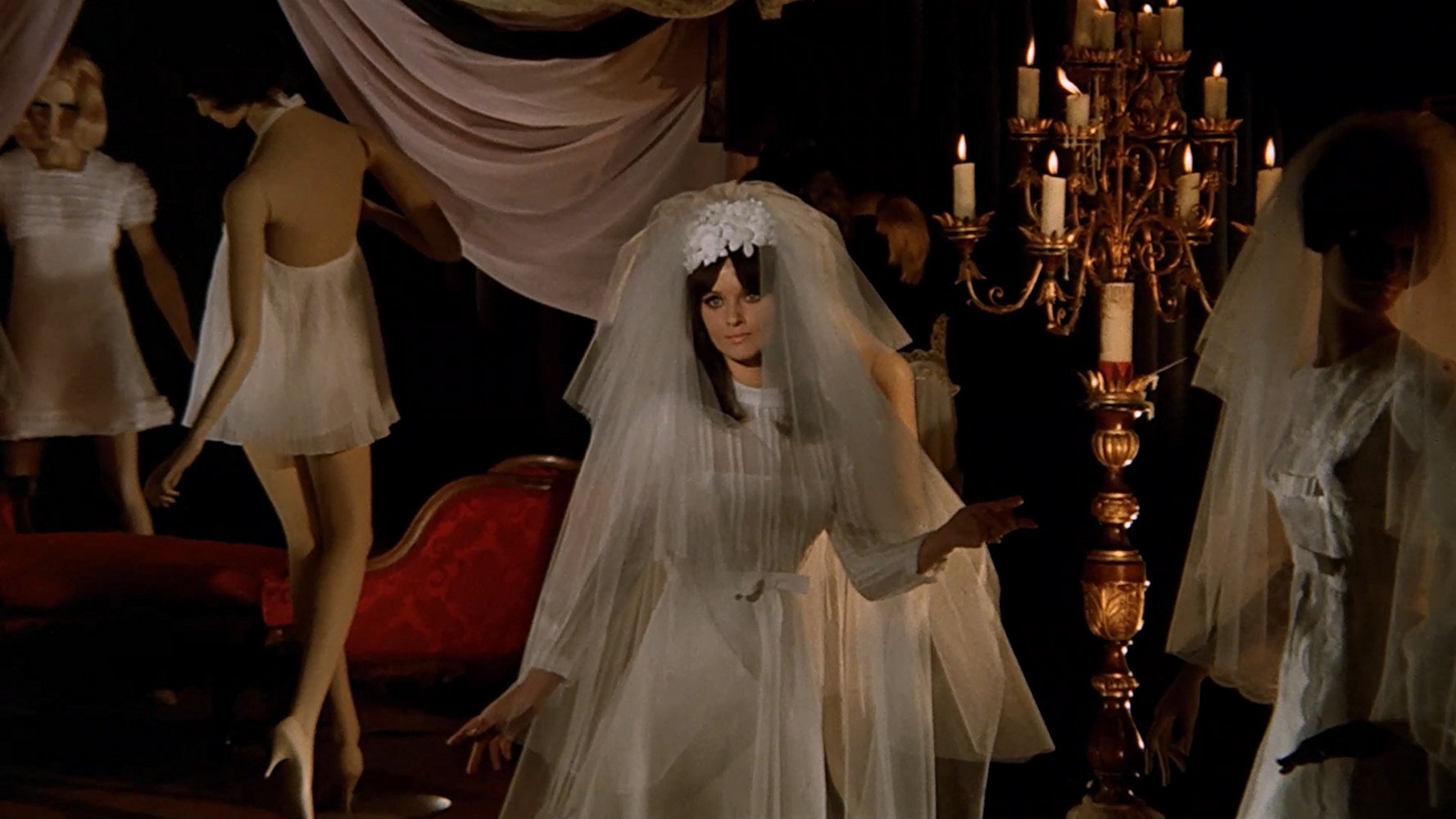
What a gift for the horror film genre the Oedipus complex was! If Freud hadn’t created it, how else would we motivate our horror movie villains?
Mario Bava’s Hatchet for the Honeymoon (1970), about a serial killer fashion designer who murders brides on their wedding night, makes a whole lot of use of it. That obsession helps the movie avoid the biggest flaw of many of its more recent followers like American Psycho: there is nothing cool about its villain protagonist. Something about its fantastically dated idea of fashionable (I kept thinking of Blow-Up) makes it all more lurid and pathetic, in a very good way. It’s also a great introduction to an intimidating filmography.
(Liz – Streaming on Shudder)
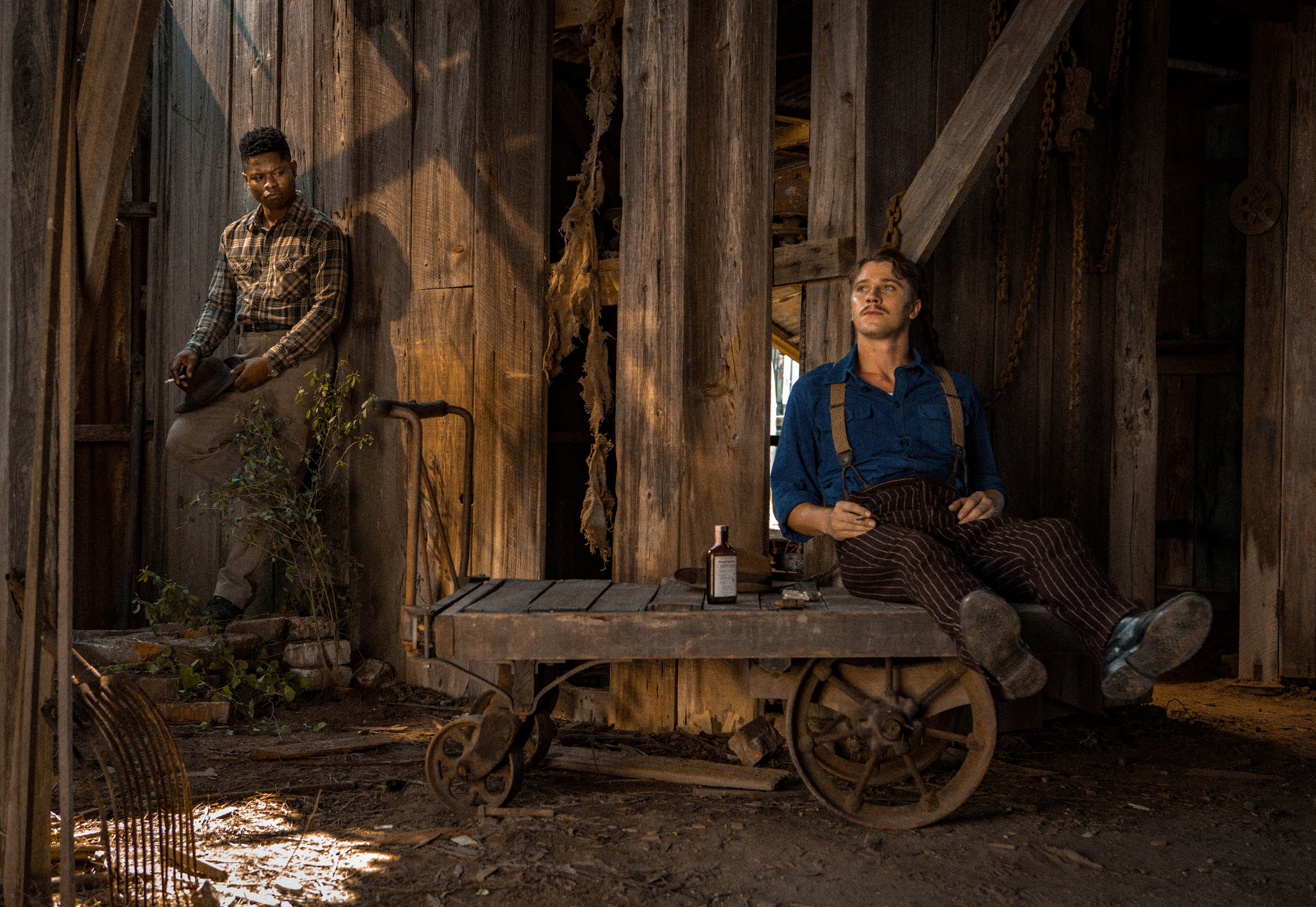
Netflix’s well-received prestige offering arrives to streaming today. When I saw it at Mill Valley, I admired its period sweep, the grandeur and nuance of its image, and the overall ambition, but thought the fractured narrative might’ve worked better on the page. I’m curious to see how it plays outside of a festival.
Director Dee Rees, who imbued her 2011 Pariah with so much youthful energy, takes a more stately approach to adapting Hillary Jordan’s novel, aiming for a multi-faceted epic about sharecropping, intersecting lives, and tumultuous times. You can decide for yourself how effectively this ultimately works. Mudbound is absolutely well-acted and worth seeing, though, and Rachel Morrison‘s cinematography is enough to recommend the film in and of itself.
(Rick – Streaming on Netflix)
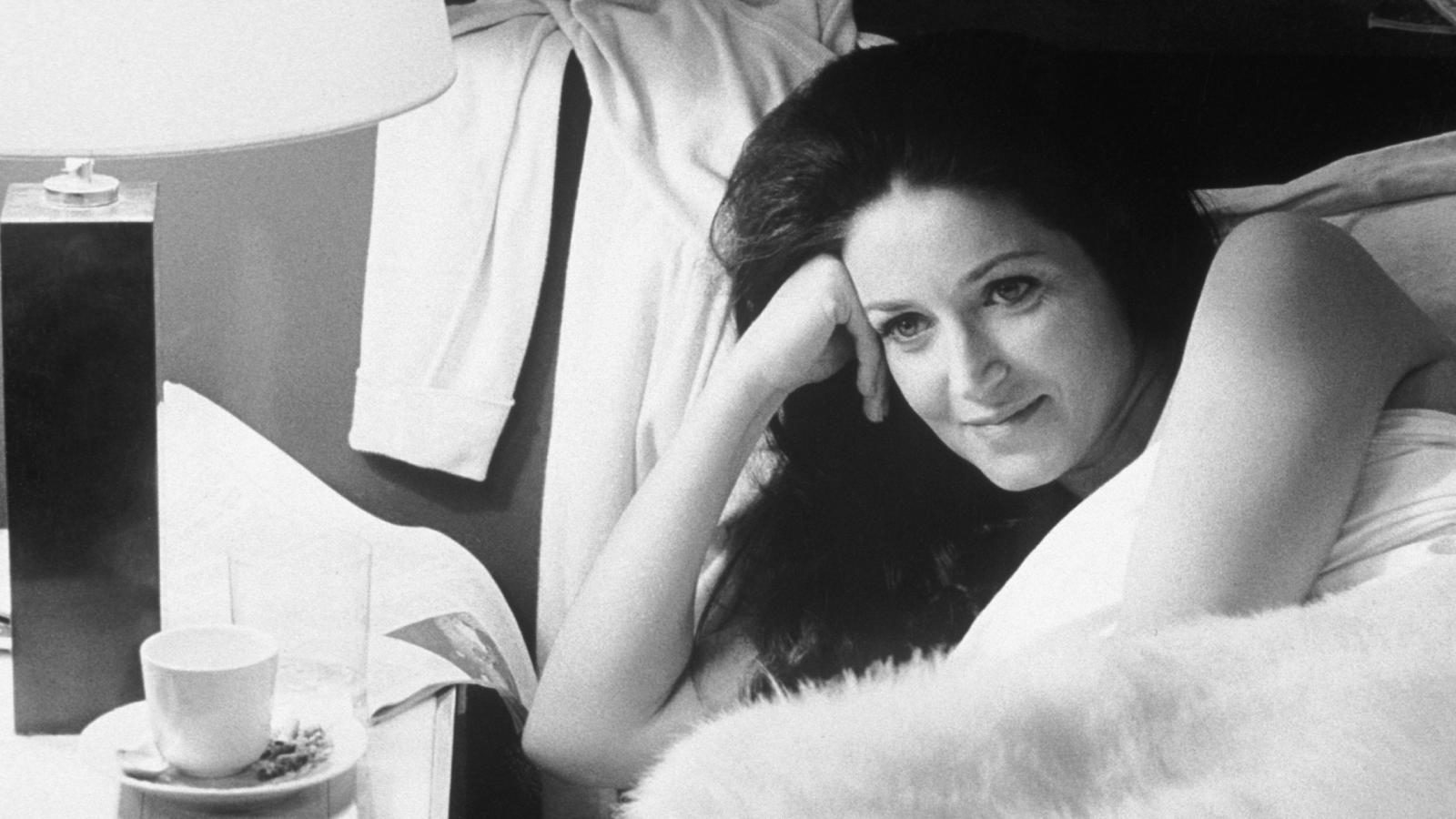
Rick and I are planning on writing about Rohmer’s Six Moral Tales, but that won’t stop me from recommending one. The third film in the series to be shot, but the fourth to be released, My Night at Maud’s (1969) isn’t quite at My Dinner with Andre–levels of conversation, but it’s not far off.
Jean-Louis, a young Catholic (if he is representative of the very devout director, it’s not a flattering self-representation) chats with his Marxist friend and the complexly libertine Maud. They ski and wander around; there’s a bit of a love triangle, but not much of one.
Like many of Rohmer’s best films, it approaches complete plotlessness like an asymptote. Frankly, you know if you want to see it from that description, don’t you?
(Liz – Streaming on Filmstruck)
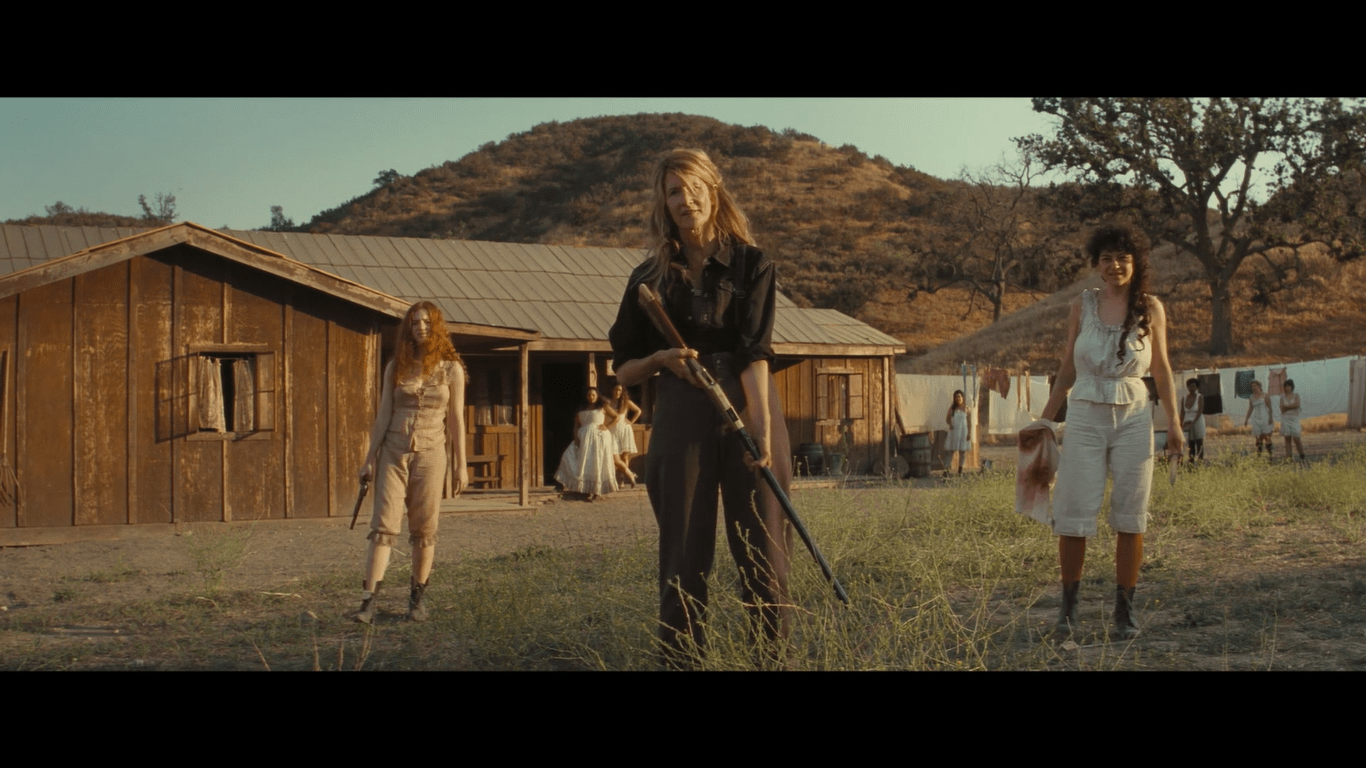
Are you behind on your #52FilmsbyWomen count? If you include shorts (which you should), Refinery29’s Shatterbox Anthology is here to help.
As Kate Erbland writes on IndieWire, this effort debuted in August of 2016,
anchored by a forward-thinking concept: to “create short films that redefine identity, imagination, and storytelling through the female lens.” So far, they’ve made a dozen films with a dozen female directors.
Offerings include first films from established names in front of the camera, like Gabourey Sibide and an upcoming debut from Kristen Stewart, and many more from inside and outside the industry. It’s a small treasure trove of promising films you might not notice unless you’re looking for them.
One highlight: The Good Time Girls, a bloody revenge quickie starring Laura Dern and Alia Shawkat that already seems primed for a feature treatment. As it is, it’s nasty, brutish, and short; when you add “and Executive Produced by Quentin Tarantino,” here’s another one you already know if you want to check out.
(Rick – Streaming on Refinery 29)

